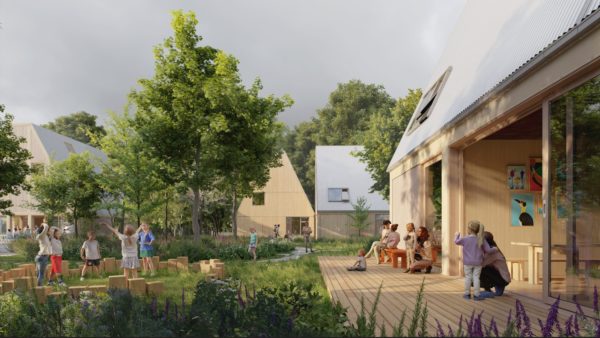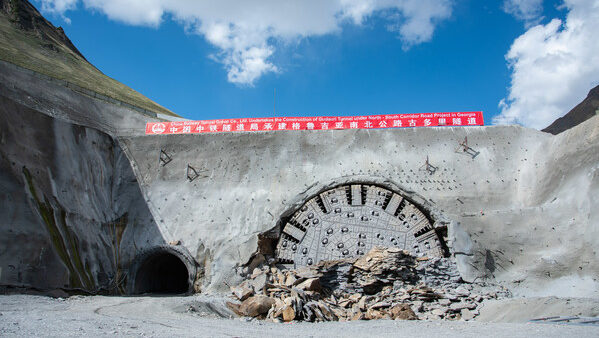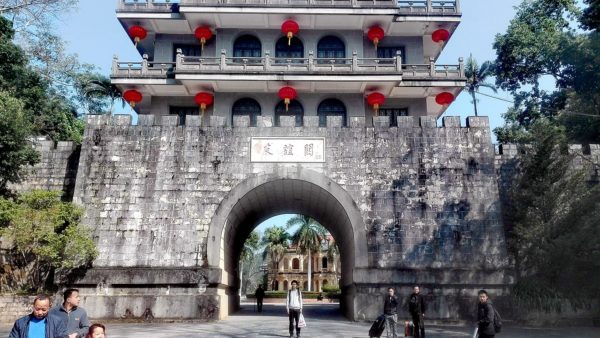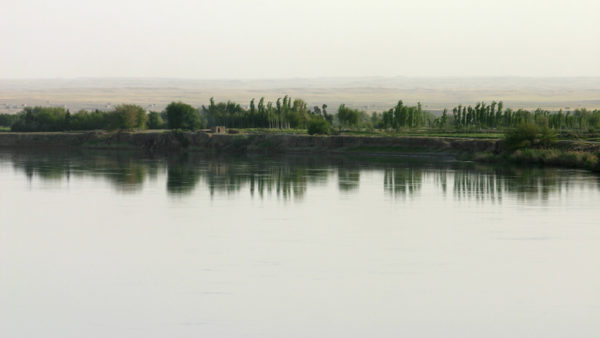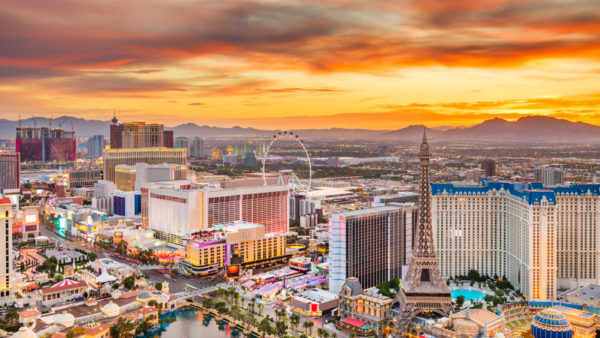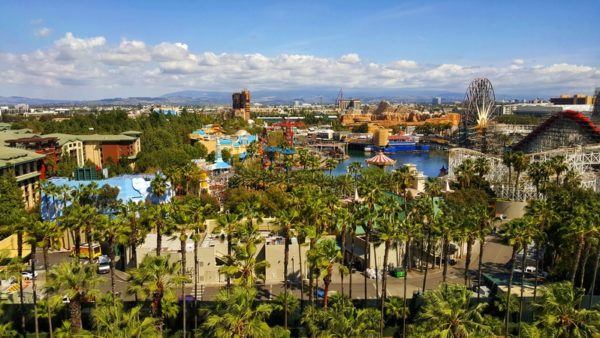30 May 2013
Oil-rich Iraq should be a candidate for the sort of development seen in Dubai, Qatar and Saudi Arabia.
In the next in a series of articles reviewing if, how and when that might happen, David Rogers reviews the state of Iraq’s petroleum infrastructure.
In 1979, the year Saddam came to power, Iraq pumped 3.5 million barrels of oil a day, but has never achieved that level of output since.
The lowest point came shortly after the invasion when looters stole anything that could be carried and wrecked much of what could not, causing about $1 billion worth of damage and the oil industry’s Sunni managers to flee the country en masse.
Production fell to zero, and the population of a country with proven oil reserves of 153 billion barrels had to queue for hours to buy a few gallons of petrol imported from Kuwait.
Theoretically, oil presents Iraq with the means to tackle all of the economic problems created by war, sanctions, invasion, looting, corruption and incompetence.
And whereas Saddam’s regime spent its oil money on military adventures and state enterprises that were designed to shore up political support by employing many more workers than were actually needed, a future government has the opportunity to take more effective development decisions.
For example, last year the country exported crude oil worth an estimated $74 billion, accounting for 84% of total export earnings and 90% of government revenue, according to the CIA.
For the global construction industry, Iraq has the potential to become a virtually endless source of contracts, because there is a huge amount of remedial work still to be done.
Electricity generation is about six gigawatts less than demand.
A quarter of people surveyed by the UN in 2011 said they had potable water for less than two hours a day.
In March, the Lancet published an article that described how the healthcare system was struggling with major outbreaks of 19th century illnesses such as dysentery and cholera. It said 40% of the population had high blood pressure and 26% of children have stunted growth.
As for schools, two years ago the education committee of the Iraqi parliament reported that five million of the country’s 33 million people were illiterate, for which it blamed overcrowded classrooms and poor teaching.
And in the residential sectors, Iraq is thought to have a huge repressed demand. Namir el Akabi, the chief executive of the Baghdad-based conglomorate Almco, told CNN in 2010 that Iraq has seen no major construction developments for four decades and that households are multiplying under the same roofs as newlyweds are forced to live with parents.
Promising balance sheet
The situation is changing.
This month Damac Properties, a Dubai-based developer, started work on a 26-storey luxury residential project called Princess Tower in Baghdad.
In March Abu Dhabi’s Bloom Properties signed a deal to build 40,000 housing units in the troubled Shia holy city of Karbala.
And last year Iraq signed a contract worth a stunning $7.75 billion with South Korea’s Hanwha Engineering & Construction company to build 100,000 housing units at Bismayah New City, on the outskirts of Baghdad. (More here.)
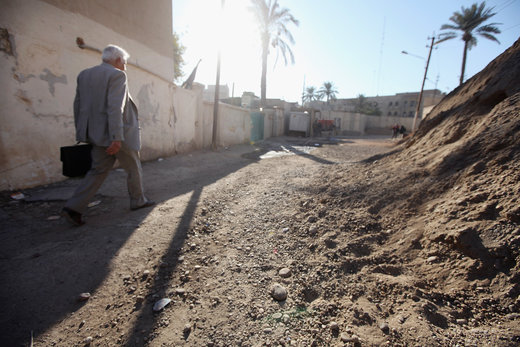
A hopeful investor walks to Iraq’s fledgling and heavily guarded stock exchange in Baghdad, 2011. (Credit: Mario Tama/Getty Images)
Glance at the balance sheet of Iraq Plc and you can see why investors are beginning to put their money into the country.
The economy grew 10% last year and is forecast to expand by a similar amount in 2013. Iraq also has a current account surplus of $21 billion.
And the persistent hope is that oil production will go up. At the giant Ramailah oil field in the south, 300 wells are to be sunk in the next five years .
Human factor
Clearly, Iraq could become prosperous, but from how it looks today that remains a best-case scenario.
The stated aim is to increase production to 10 million barrels a day by 2017. That will not be easy.
For one thing, key links of the infrastructure are missing, such as the Basra-Aqaba pipeline, handling capacity at Umm Qasr, the country’s only port, and the kit needed to pump the necessary volumes of seawater into the oil fields and force out the oil.
But as always in Iraq, the human factors present the biggest challenge.
A recent International Energy Agency report listed some of the deep improvements needed in institutions, human capacity, decision-making, legal and regulatory frameworks.
All that, however, overlooks the much more immediate and grave fact that the civil war that broke out between Sunni and Shia in 2005 was never extinguished, and has all but flared up again.
The UN says more than 700 people were killed in April, the highest monthly toll in almost five years. Bombings and shootings continue, leading to talk of a full-scale renewal of the civil war, and even of partition.
Most commentators agree that oil itself drives this instability, as the Sunni population fears it will be denied the jobs, public services and power that oil-prosperity brings.
Then there are unresolved issues over how the oil should be divided with the Kurds in the north – a "hydrocarbon law" setting out the division of the spoils was presented to the Iraqi parliament in 2007, and still has not been passed .
The future of Iraq as a country and a market for construction services is still a very long way from being resolved, and a very wide range of possibilities fan out from the present difficulties.
In the meantime, only the bravest firms will be writing Iraq into their medium-term business development plans.





